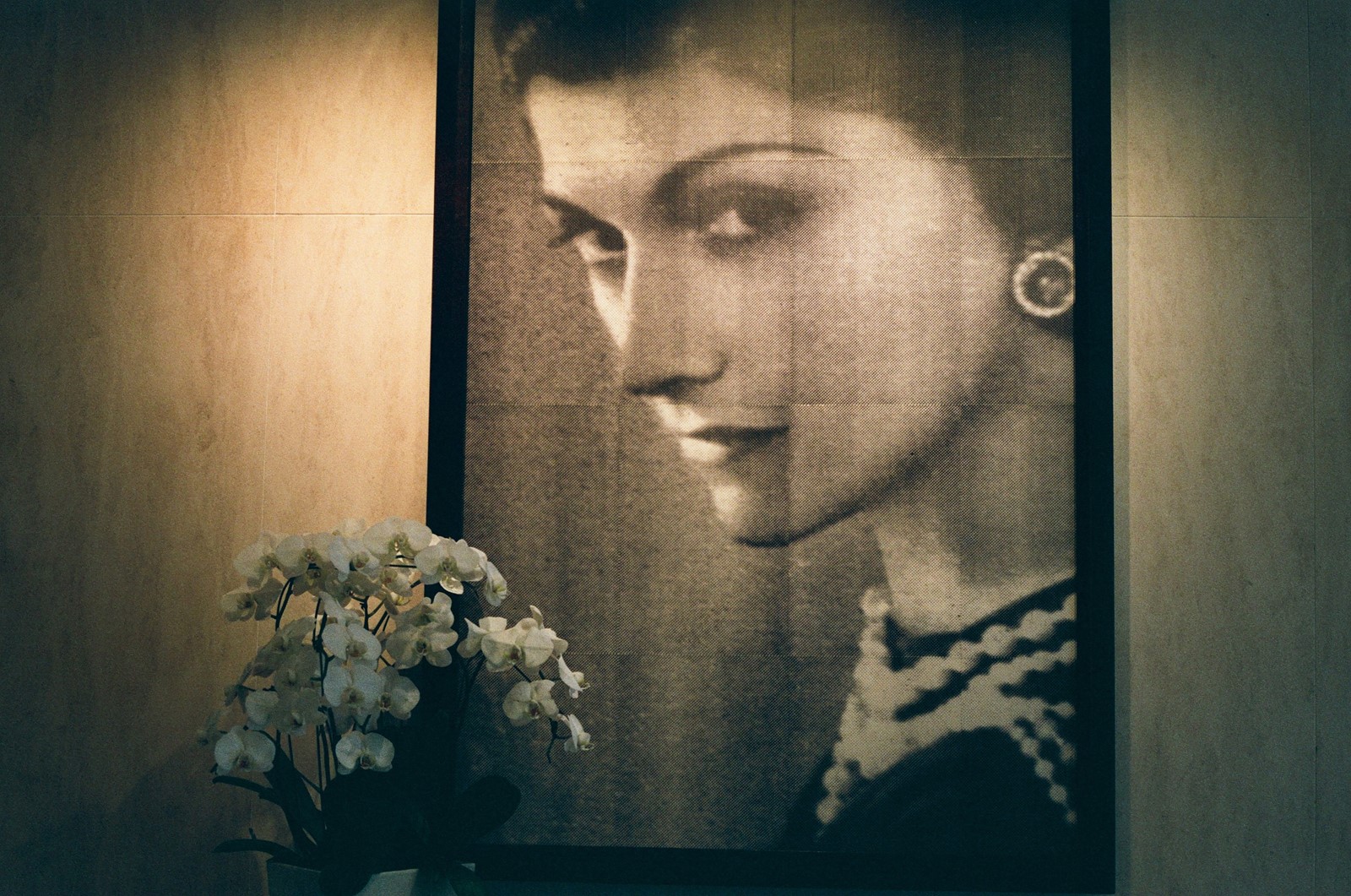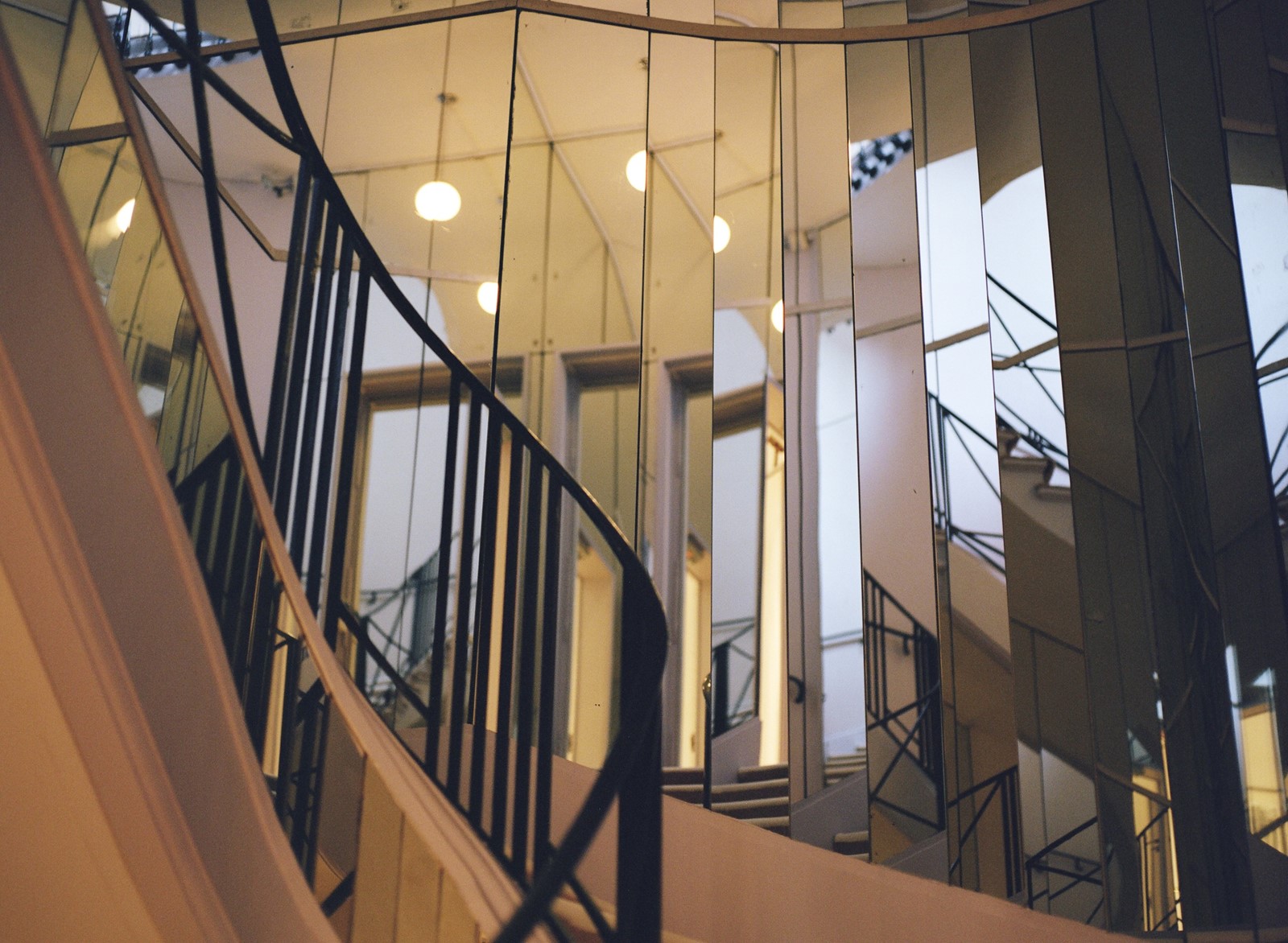For Karl Lagerfeld and Chanel, the Spring 2017 couture season saw a return to a comparative formality: no oversized puffer jackets or trainers here. The couture client, M Lagerfeld argues, “lives a formal life” and needs a wardrobe to fit that. From classic tweed suits in pale and interesting shades to the lightest, silk ruffles and feathers, “These are not clothes you can buy in a shop,” the couturier said. And there’s no disputing that.
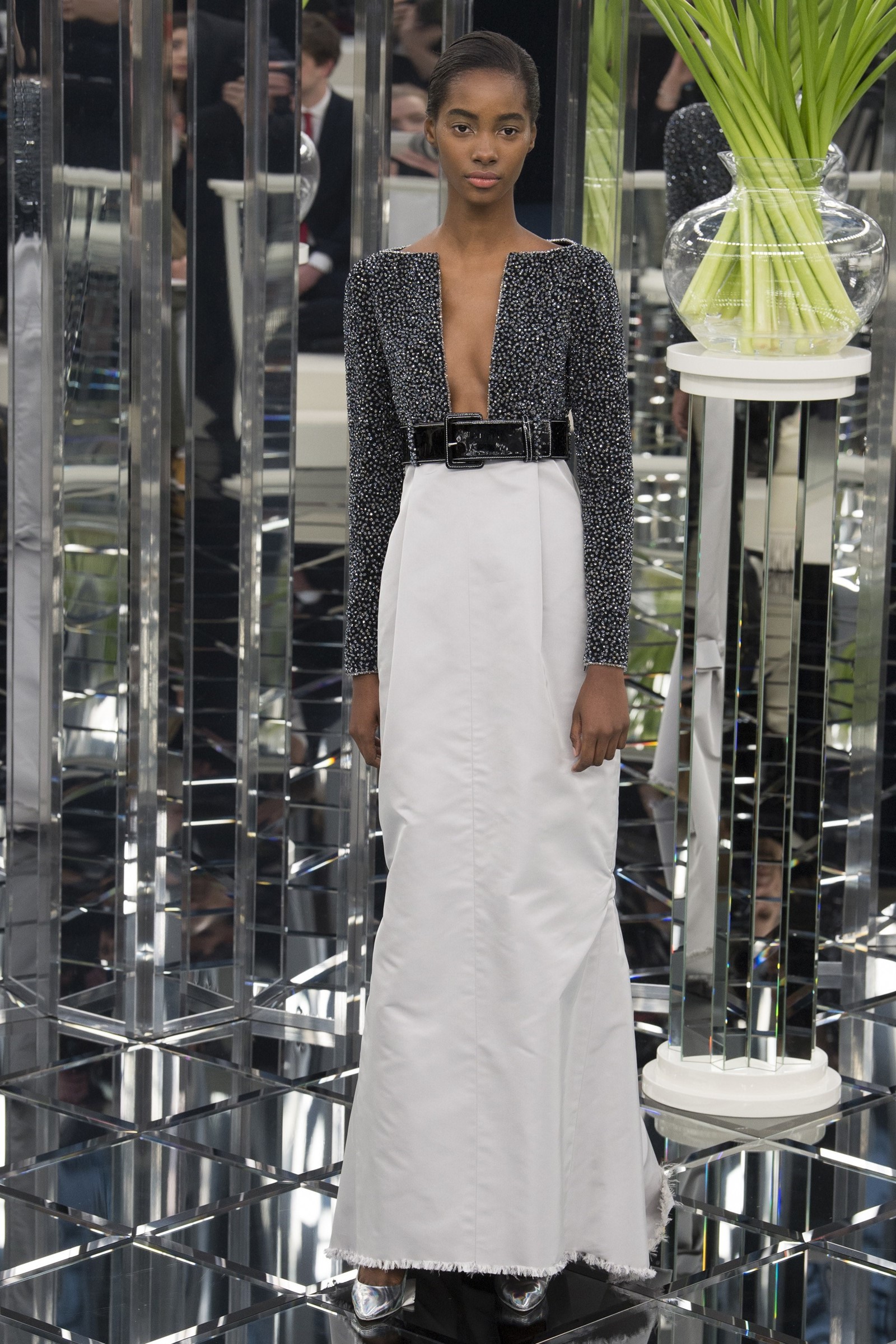
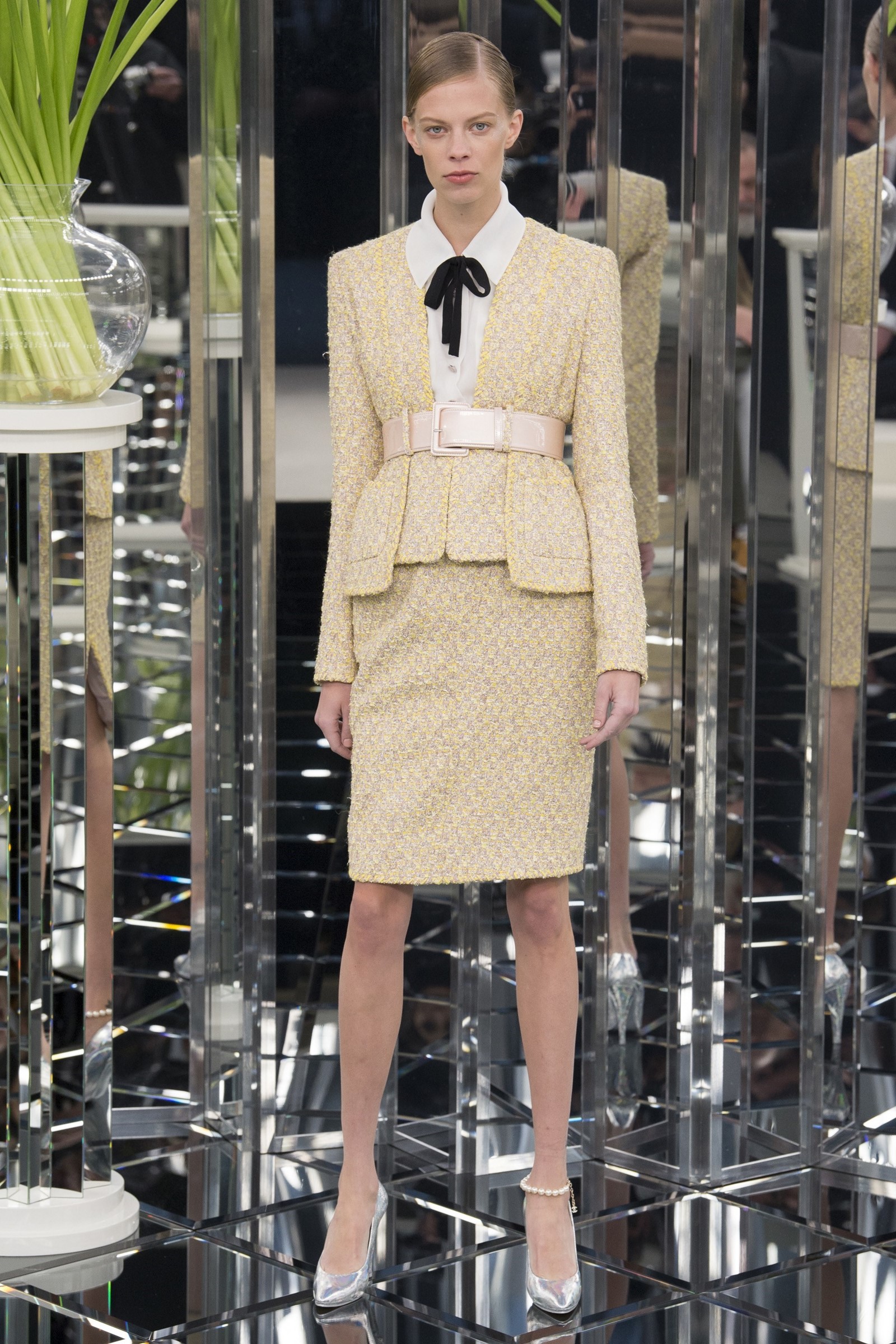
Giacometti’s Spoon Woman
In 1927 Alberto Giacometti sculpted his famous Spoon Woman, an abstract female form with a small head, slender shoulders and a rounded lower half, exaggerating the shape of the hips. It’s a beautiful, organic interpretation of femininity and one that informed the line of this collection also. Clothes were belted above the waist but slightly below the empire line and then gently ballooned, an effect created by pleated silk tulle underpinnings quite as lovely as the outside of garments but only those wearing them would ever know that. Haute couture, where every piece is made entirely by hand and the seamstress responsible (they are still predominantly women) dutifully signs her name in its lining, is as perfect when turned inside out as it is centre stage.
“The belt is beautifully made,” Lagerfeld explained backstage. “We had problems finding people who could make a belt like this. Really. It’s a special technique. They’re very flat and that’s difficult. It doesn’t look difficult but it is. Very.” In general: “the silhouette doesn’t make you look fat and it elongates the leg”. And so it did. For all the volume, this was ultimately a very graceful line and one that celebrated a woman’s body just as Giacometti himself was wont to do in his time.
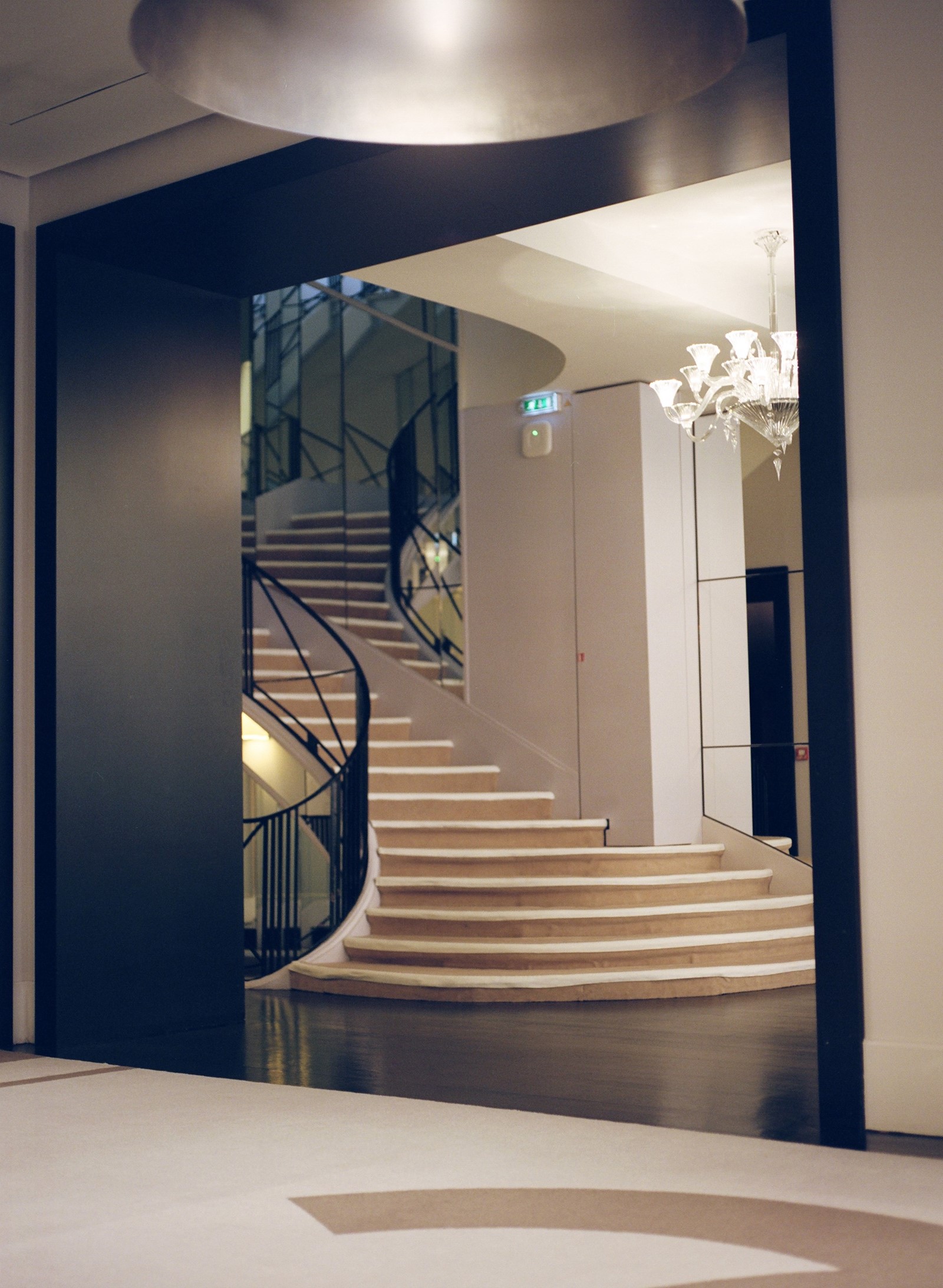

Syrie Maugham
One time wife of writer Somerset, this interior designer, so fashionable in the 30s, was very much part of Gabrielle Chanel’s social circle. Maugham’s work was best known for its use of white – she favoured white paint, bleach, yards of white satins, silks and even velvets – during a period when that was extremely unusual. Brightening spaces still further was her use of mirrors, fragmented or otherwise. The Chanel show set was a direct reference to that and, of course to the iconic mirrored staircase leading up to the Chanel couture salons in Rue Cambon, though the quilted mirrored floor owed more to the 2.55 bag: echoes of this appeared in clothes also. Vogue claimed at the time that Maugham had “apprehended the sweet uses of light and white”.
Long before anyone else thought of such a thing Maugham would seek out vintage finds, strip them back and whitewash them. She was no shrinking violet, and once said: “If you don’t have ten thousand dollars to spend I don’t want to waste my time.” It’s an apt comment in this context where even the most apparently simple garment will today be priced rather higher than that. The embroideries on dresses were mirrored in tribute to the designer. “I wanted everything silver, mirrored, metal, aluminium,” Lagerfeld said. “All the embroideries are abstract. There are no flowers, no chi-chi. It’s very controlled. We edited it to death.” Just as with Maugham’s interiors, the palette of the collection – eau de nil, palest pink, dove grey – seemed all the more pure and indeed modern for that.

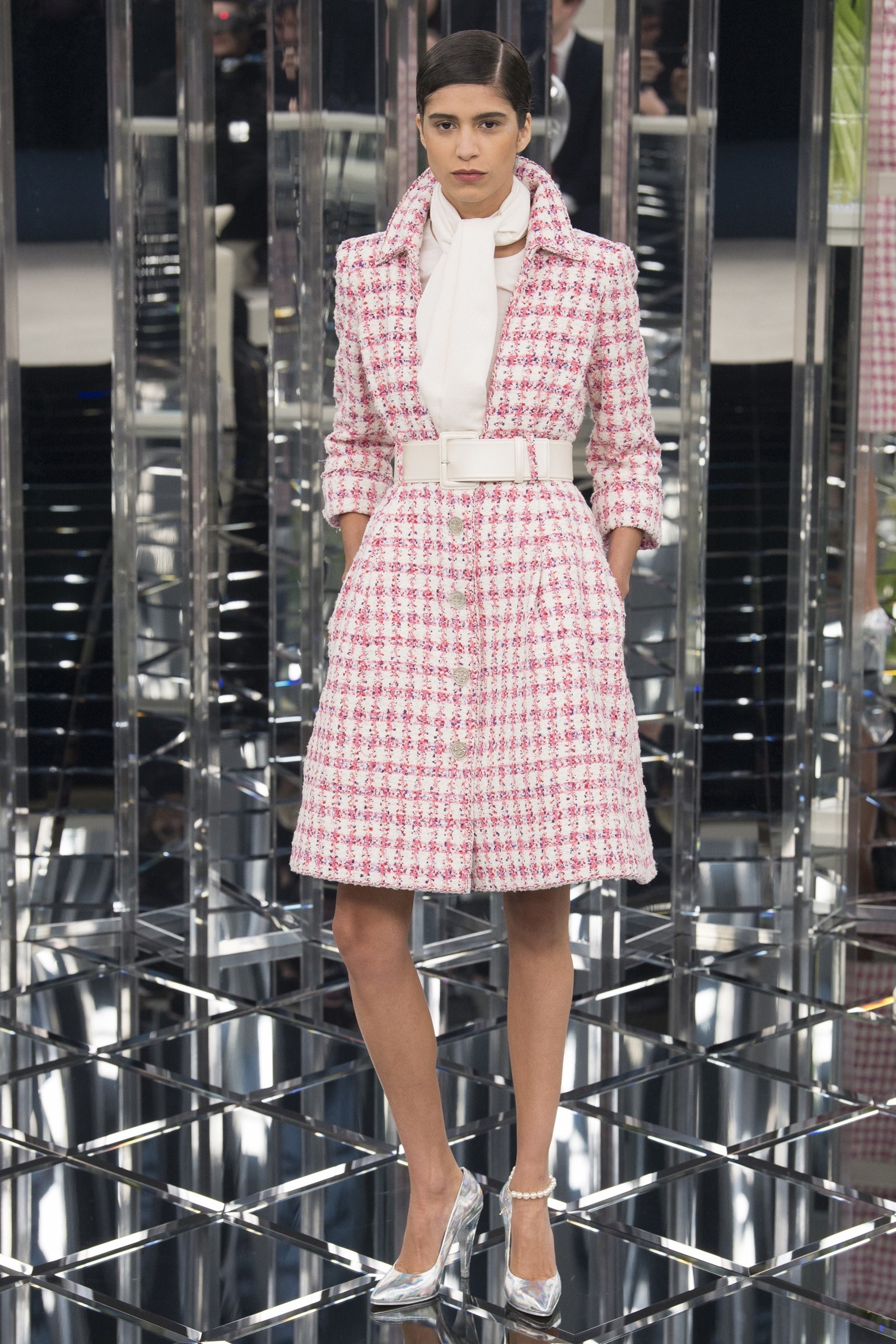
When Money is No Object
“Couture has to be impeccable,” M Lagerfeld said. And so it was. “Streetwear is okay for ready-to-wear but I think couture has to be flawless. There are enough sloppy clothes in the world and I don’t need to design a sloppy collection.” Instead, he turns to the most talented craftspeople in the world who have dutifully transformed his dreams into a reality, some of them for more than 30 years. “The ateliers, they are divine. The ready-to-wear ateliers too. But the haute couture…”
Chanel has four of its own couture ateliers which is unprecedented, situated in the eves of Rue Cambon. “Yes, I don’t think many houses have four,” Lagerfeld confirms. “It’s a lot. Jacqueline, Olivia, the youngest one, who did the drape. Cecile. They’re really great. I’m lucky to have this kind of team. You see I made all the draped things. Normally we don’t drape at Chanel. The tweed is a mix of tweed and embroidery. All the pleats, the feathers. I like the feather dresses but in fact I hate to have favourites. If I didn’t like it, I wouldn’t show it.”
